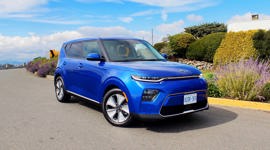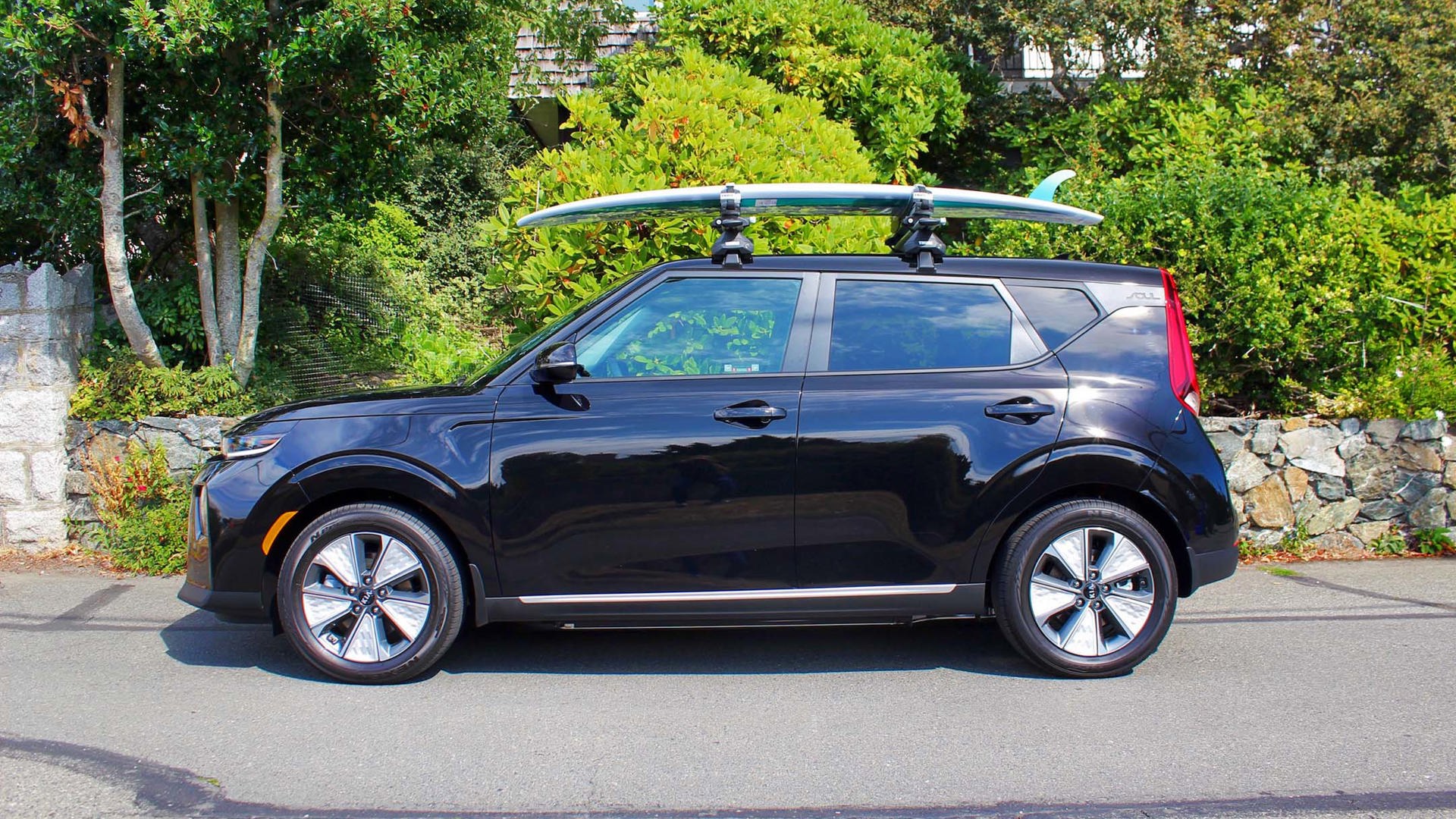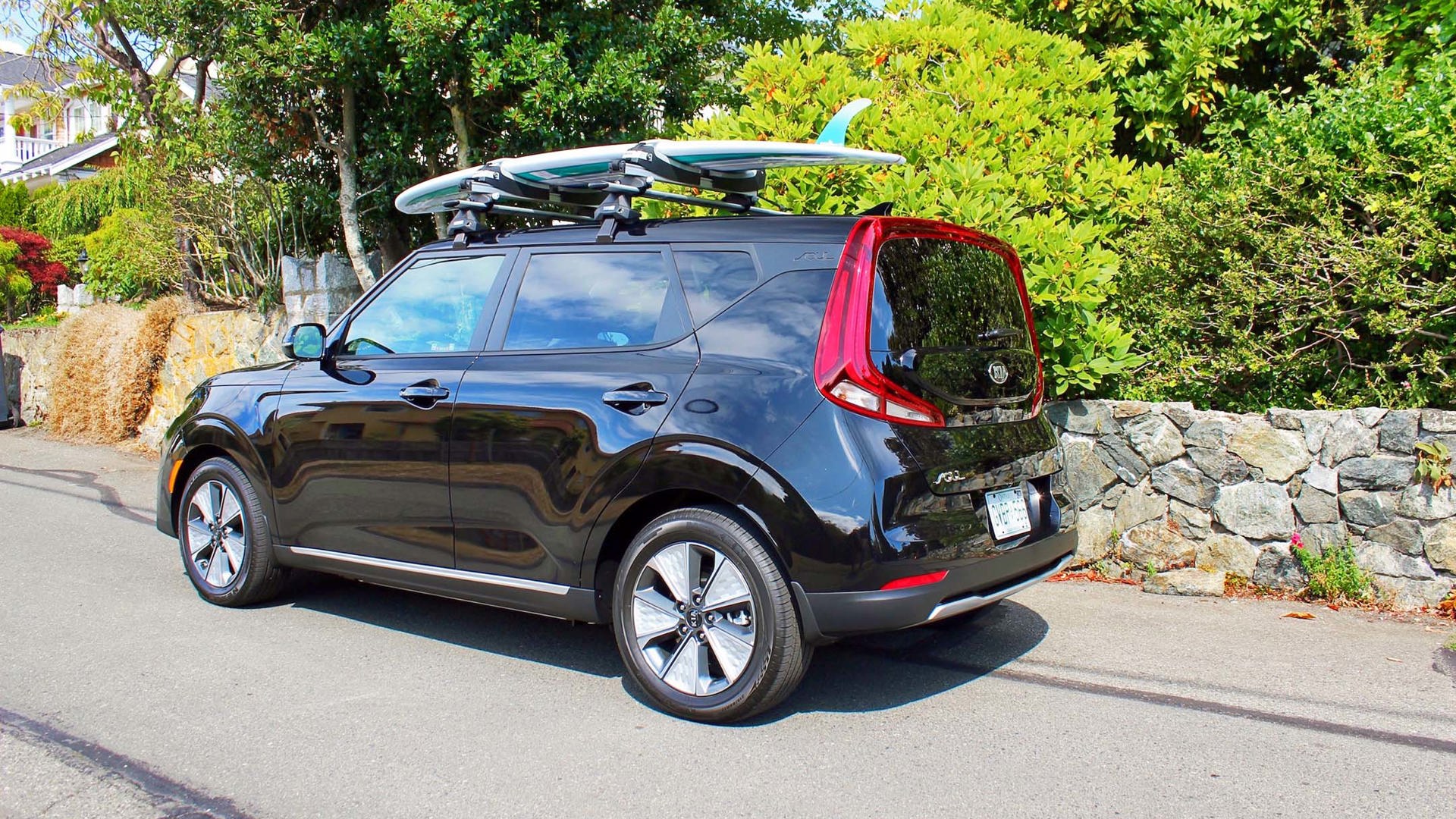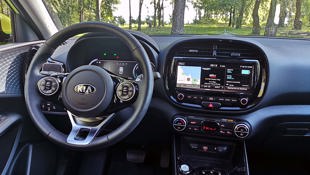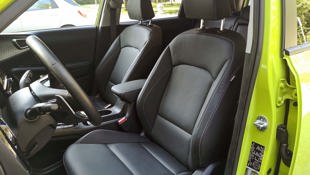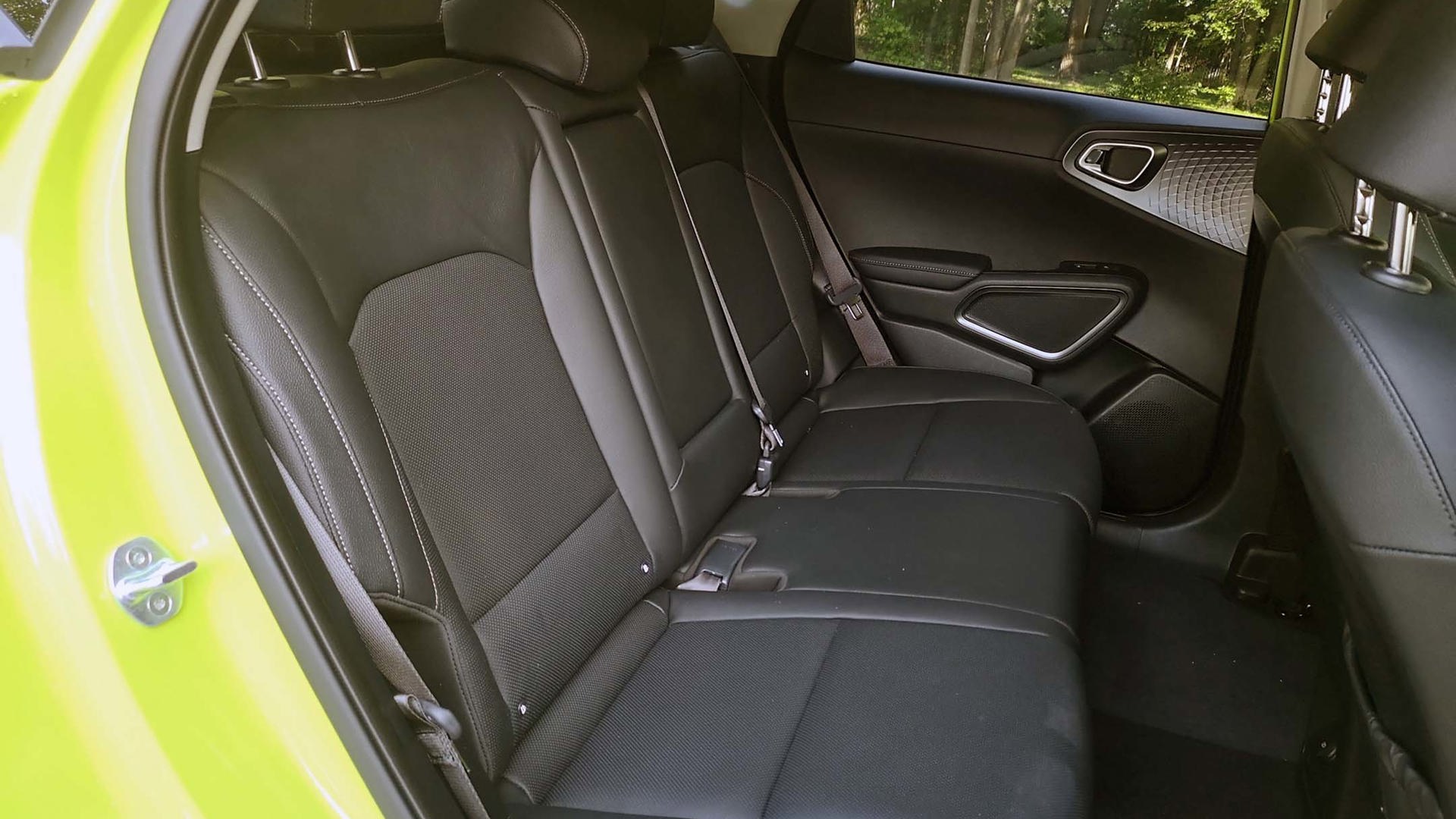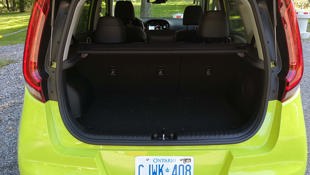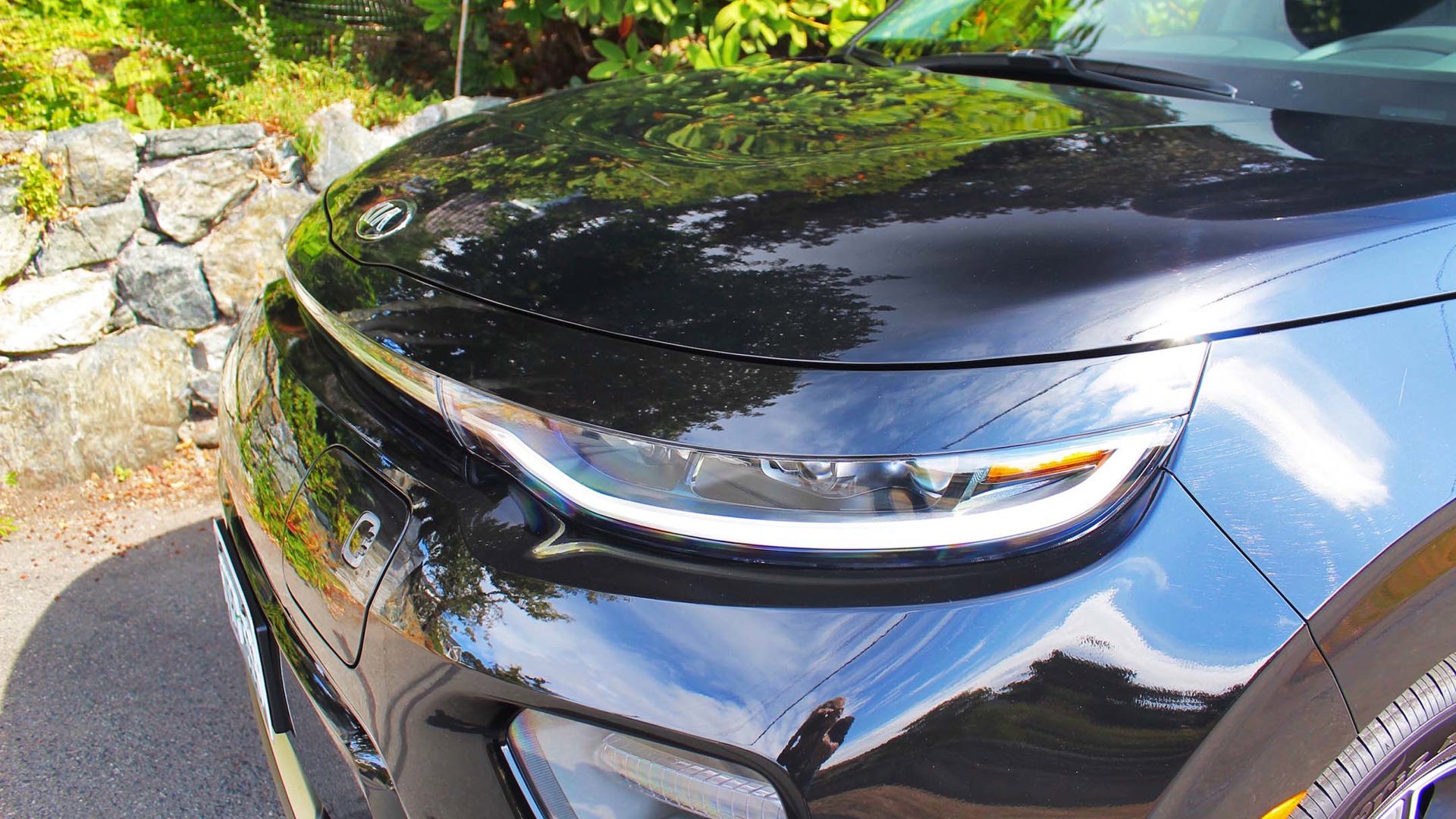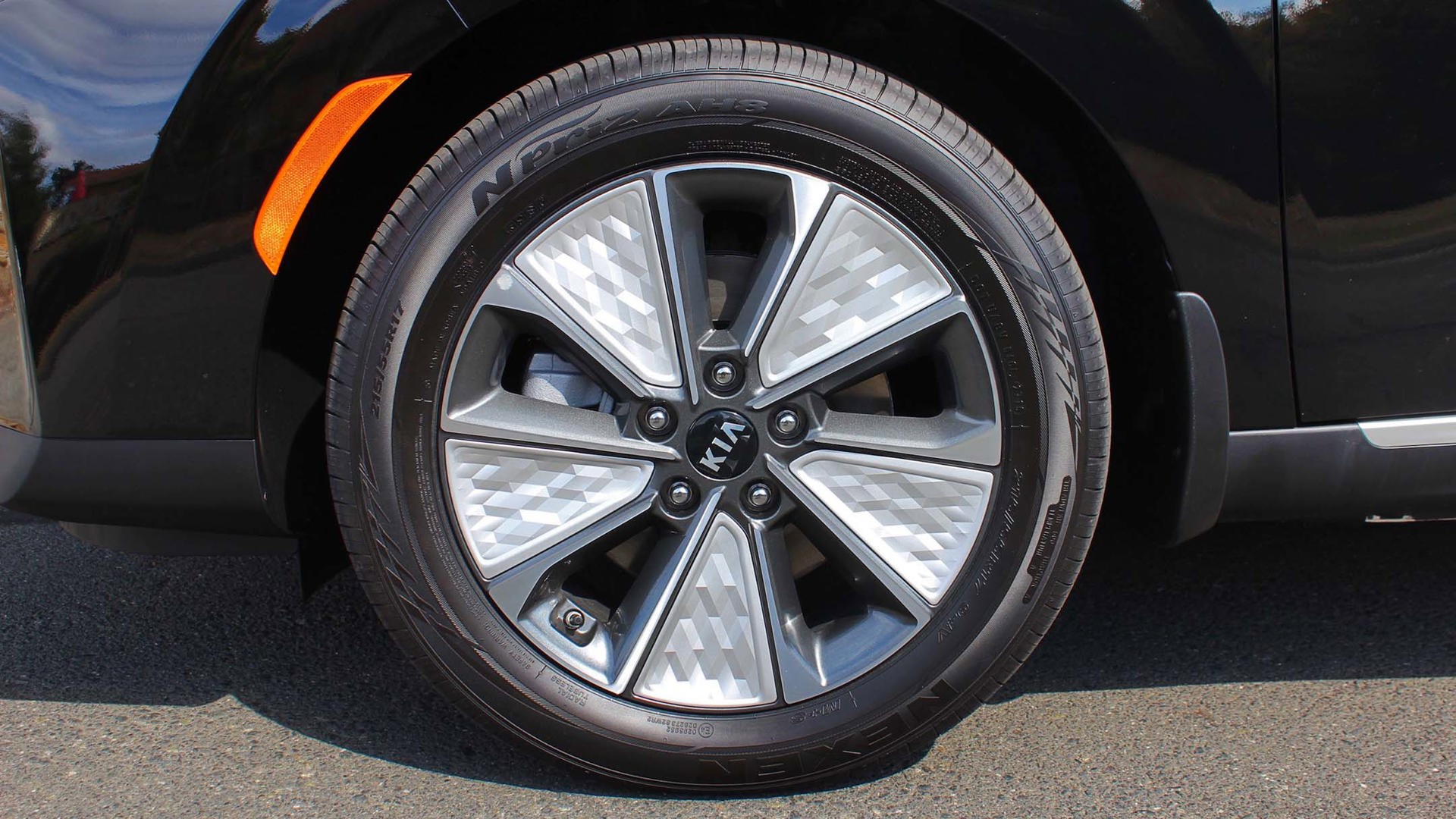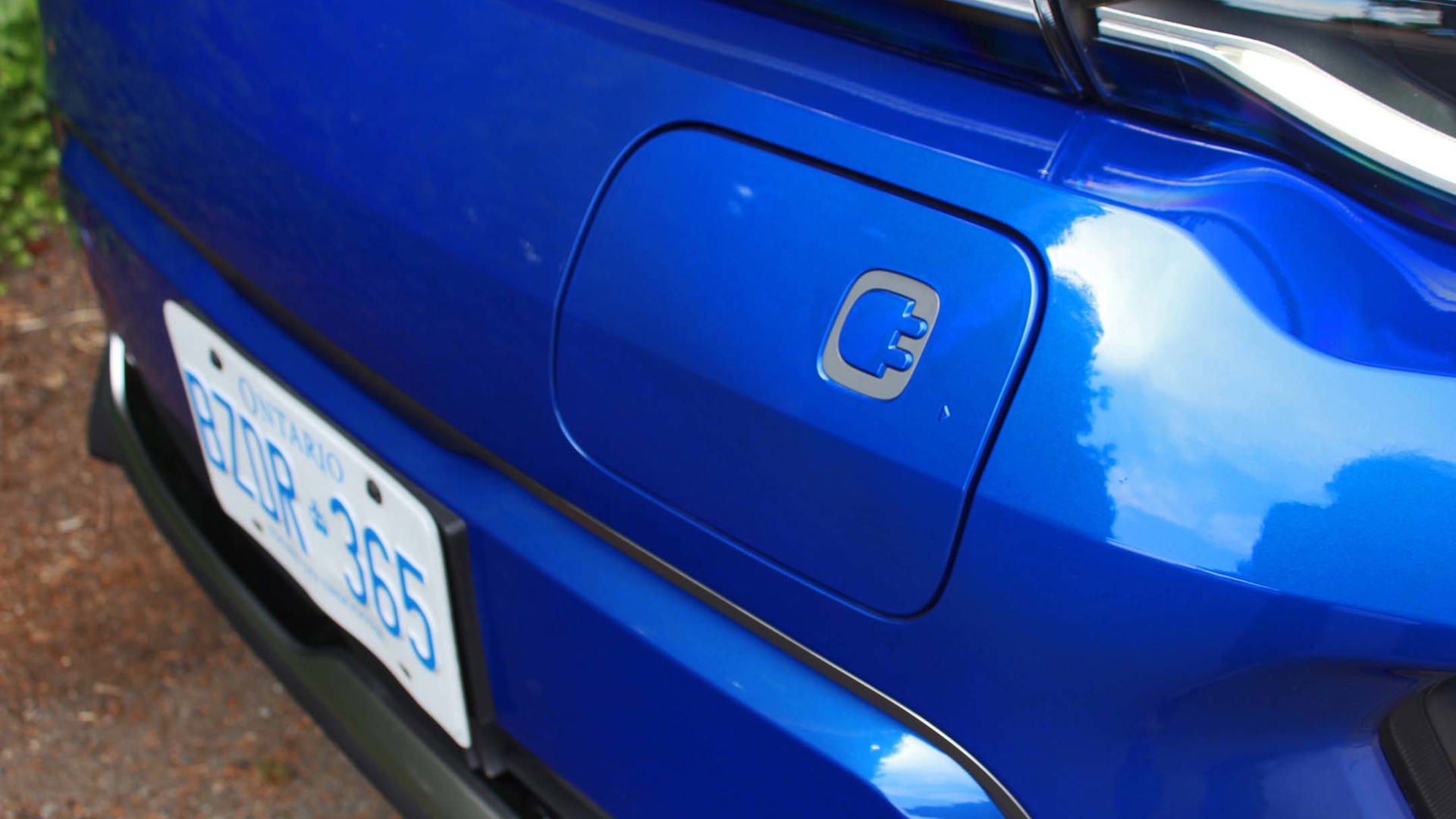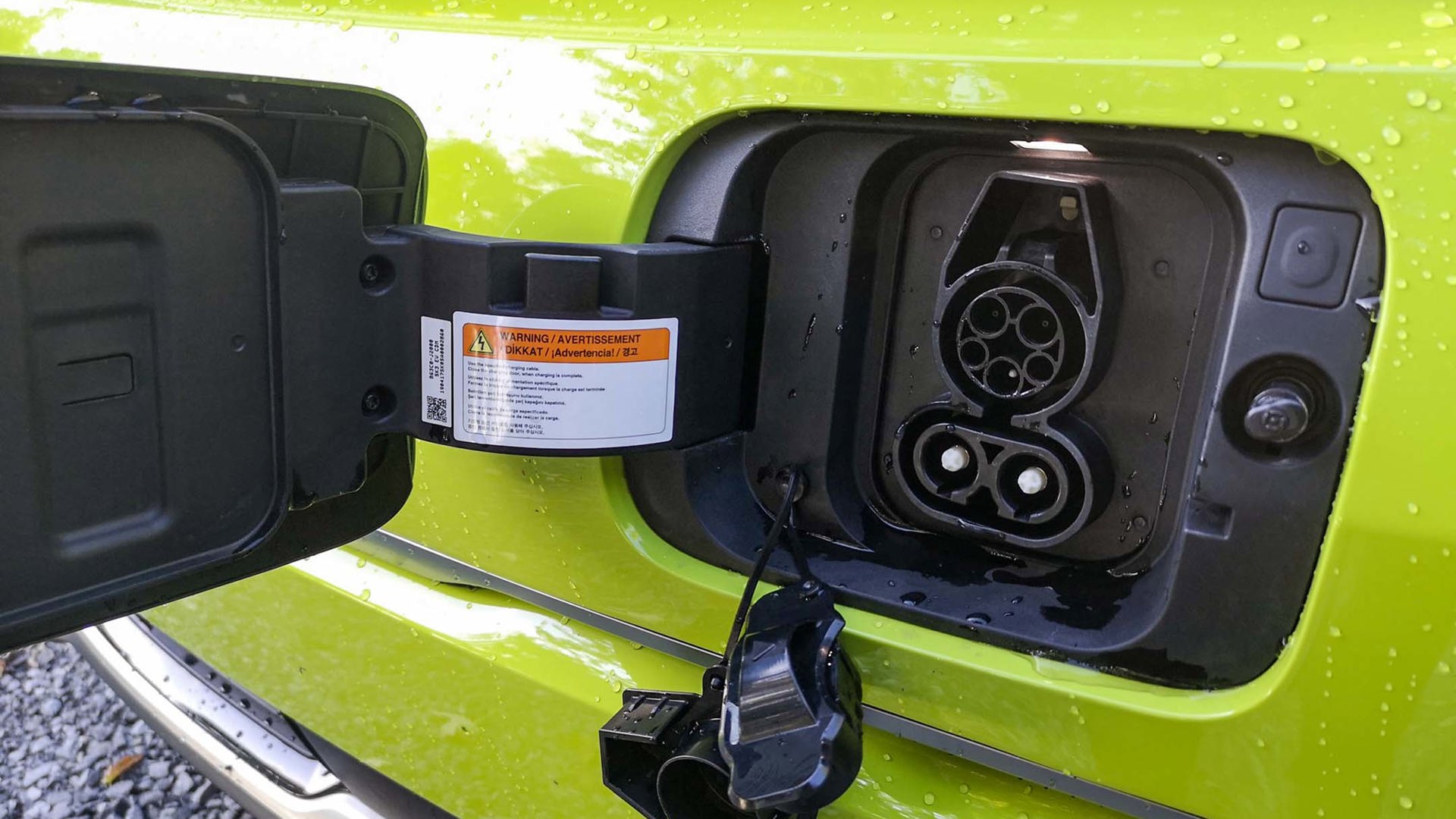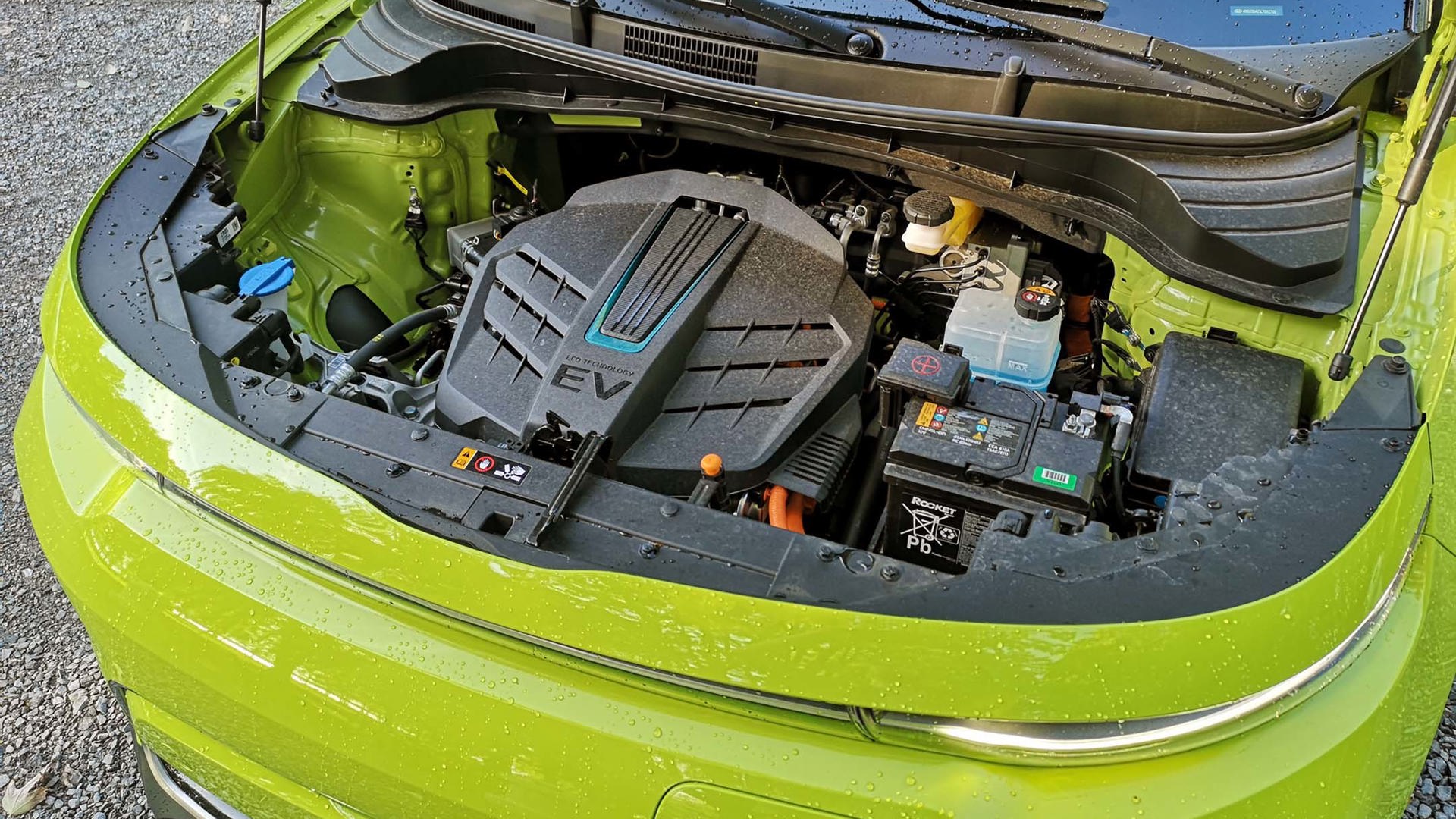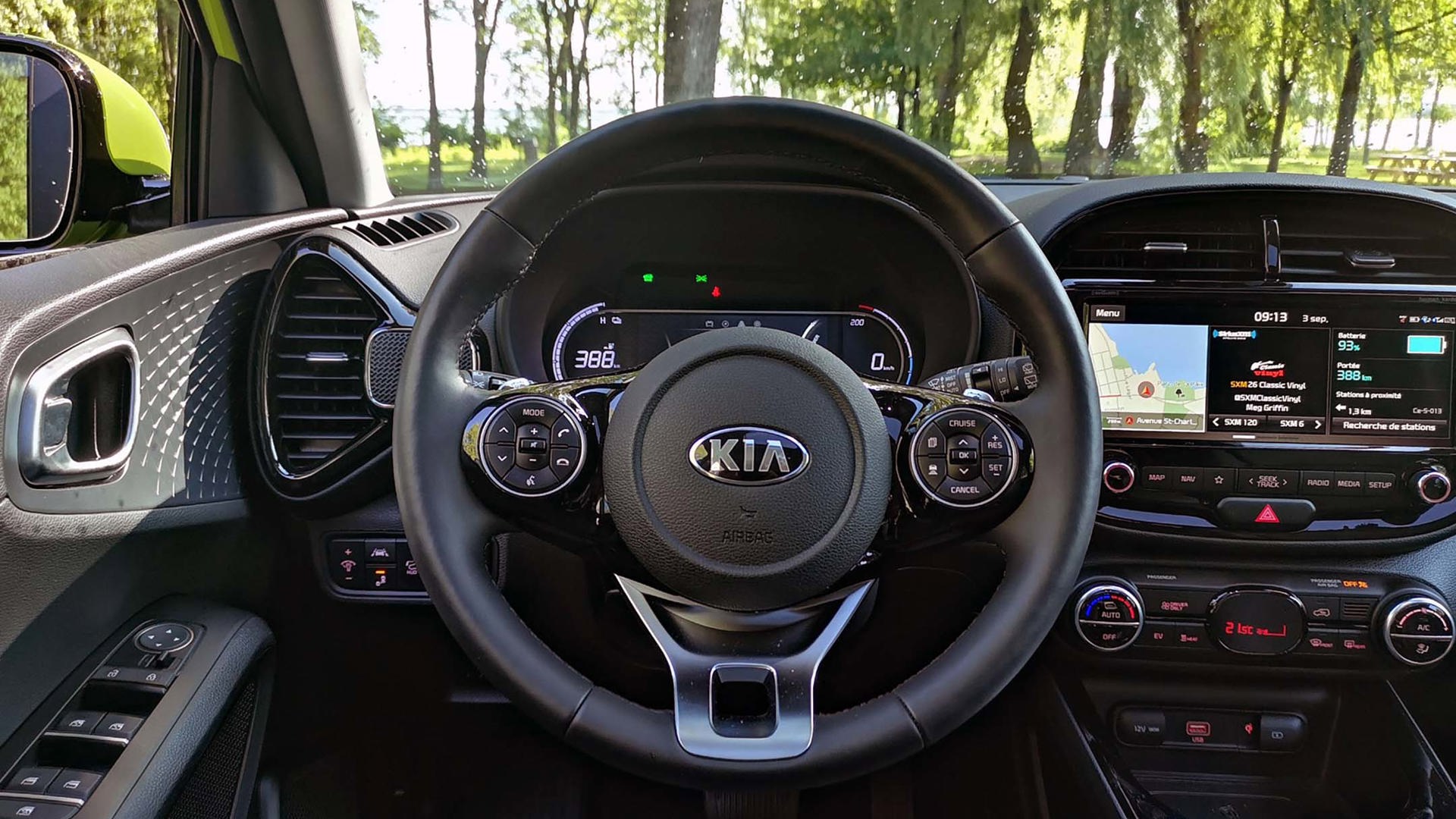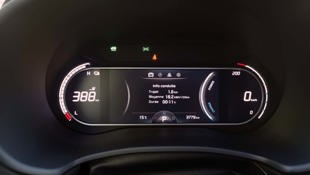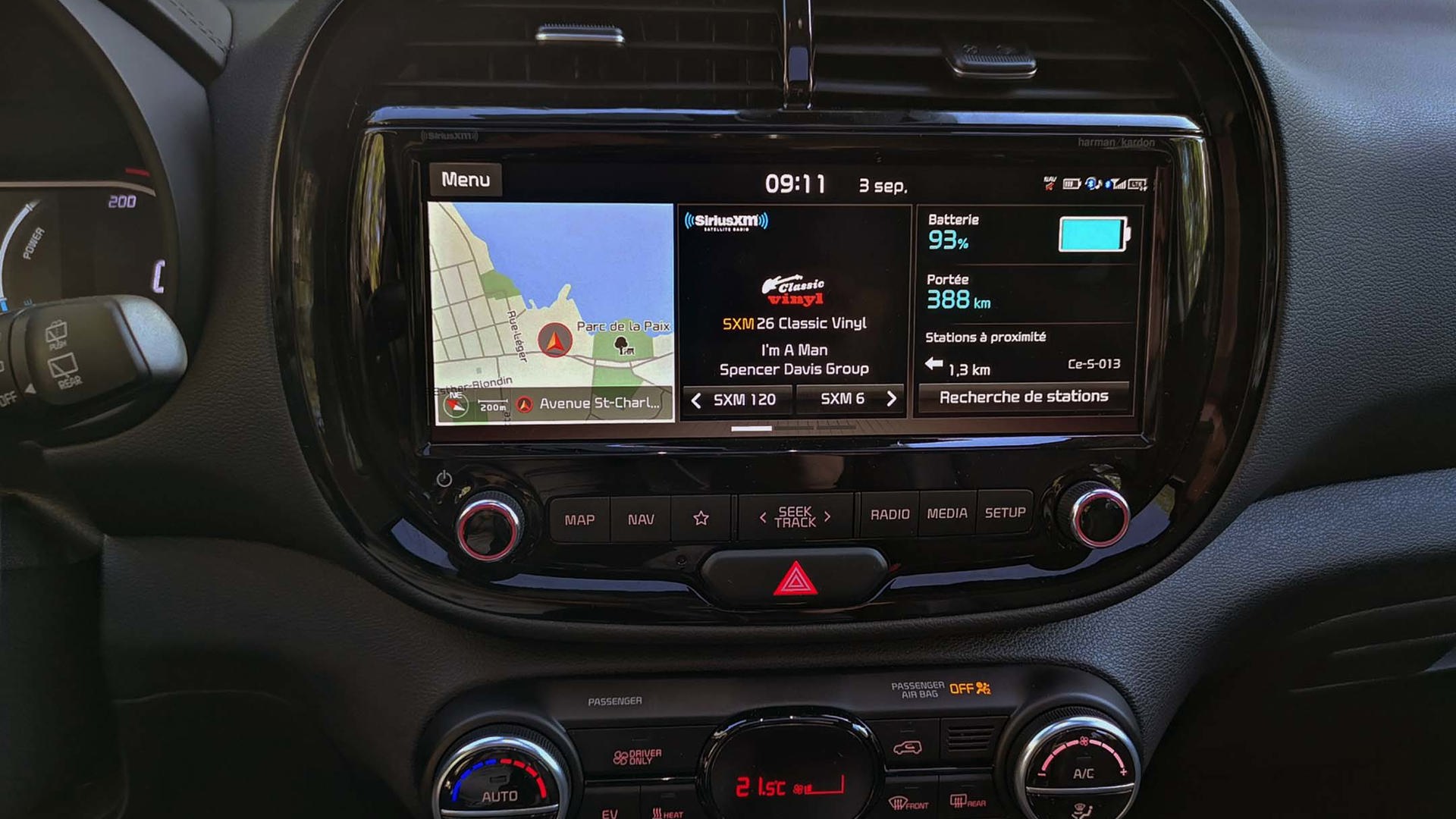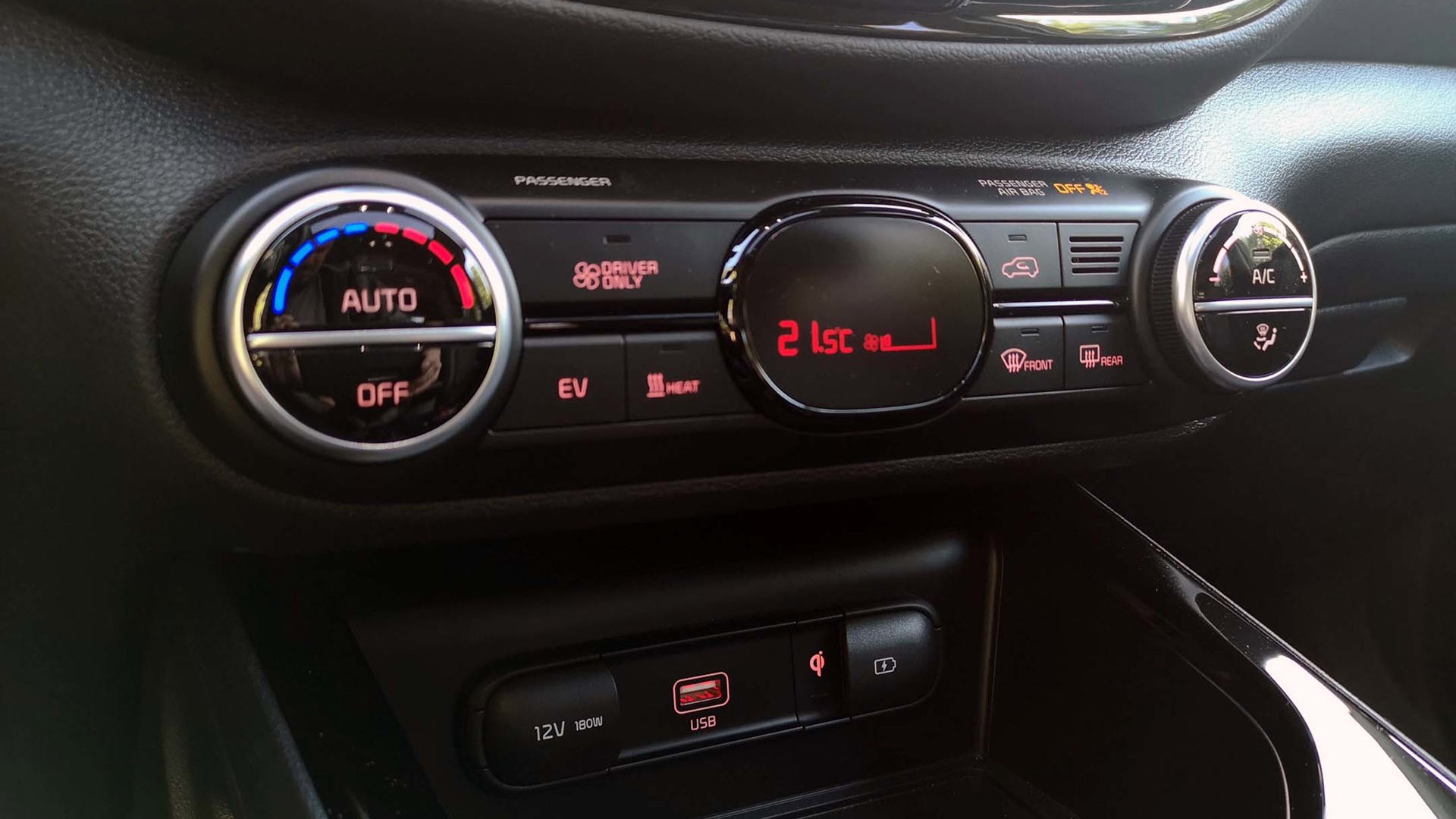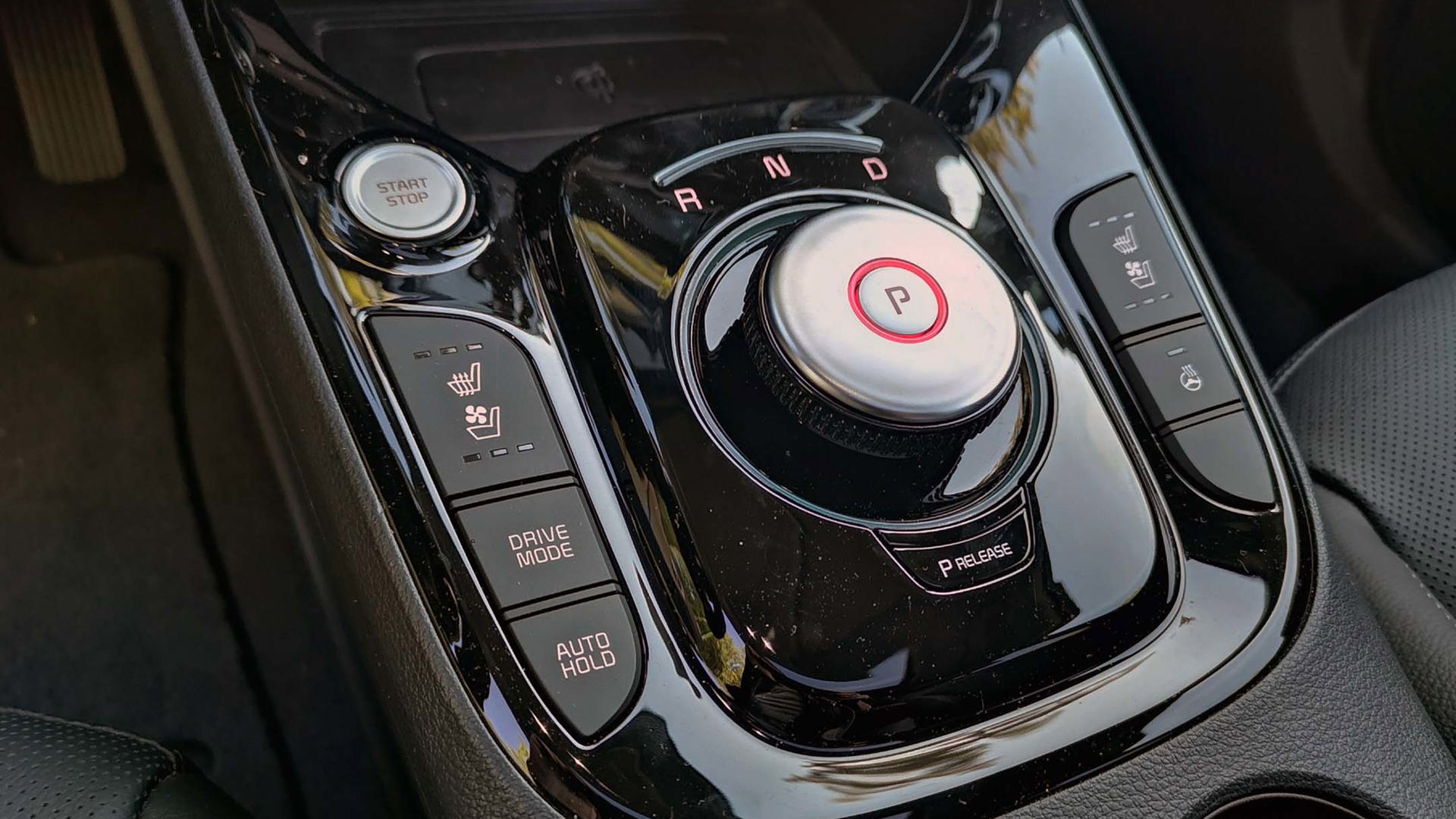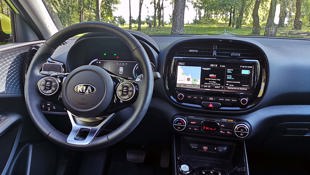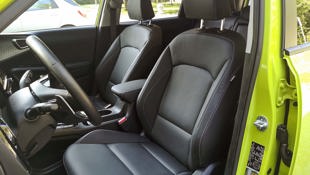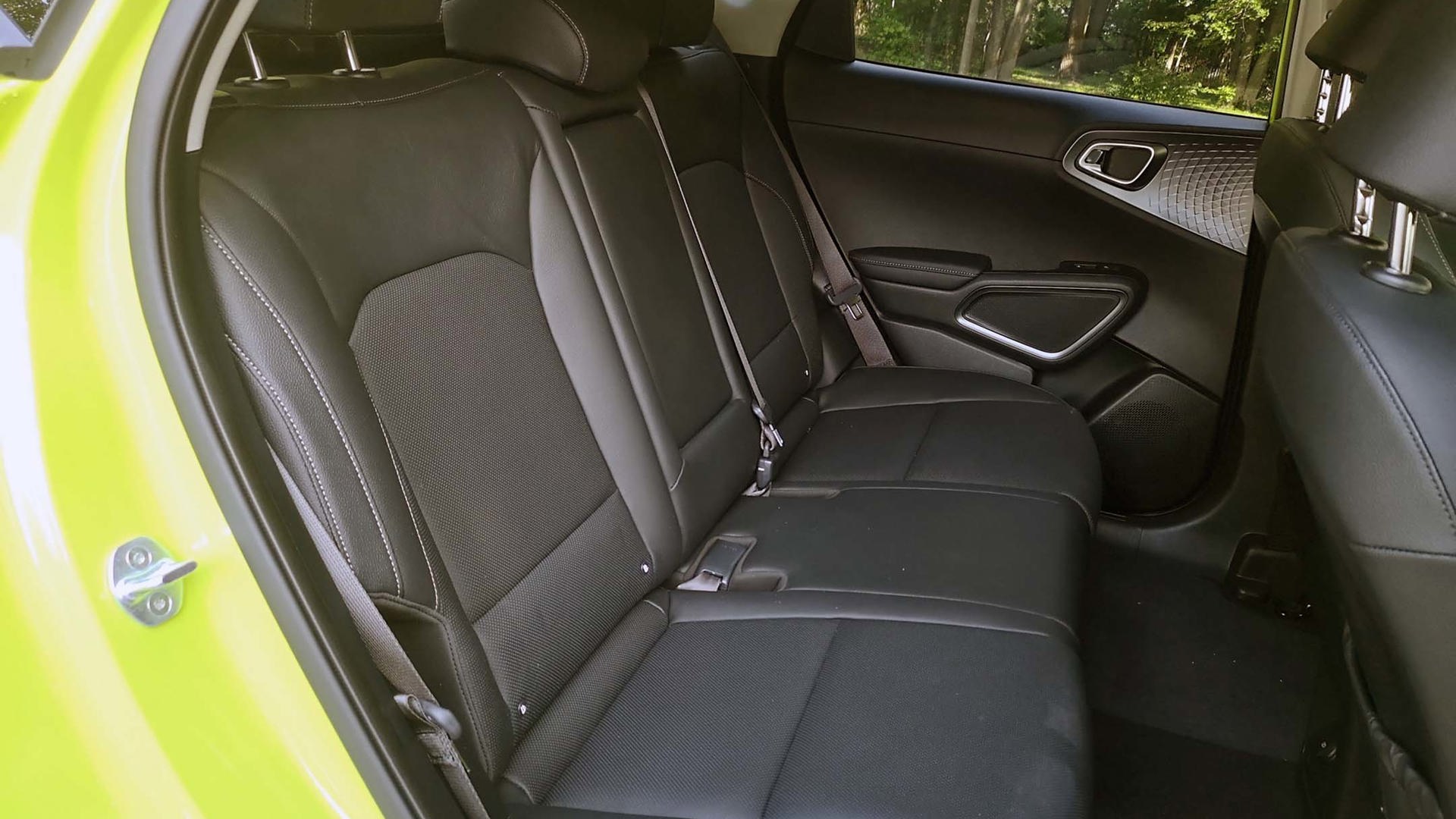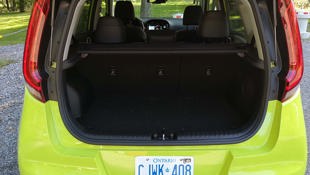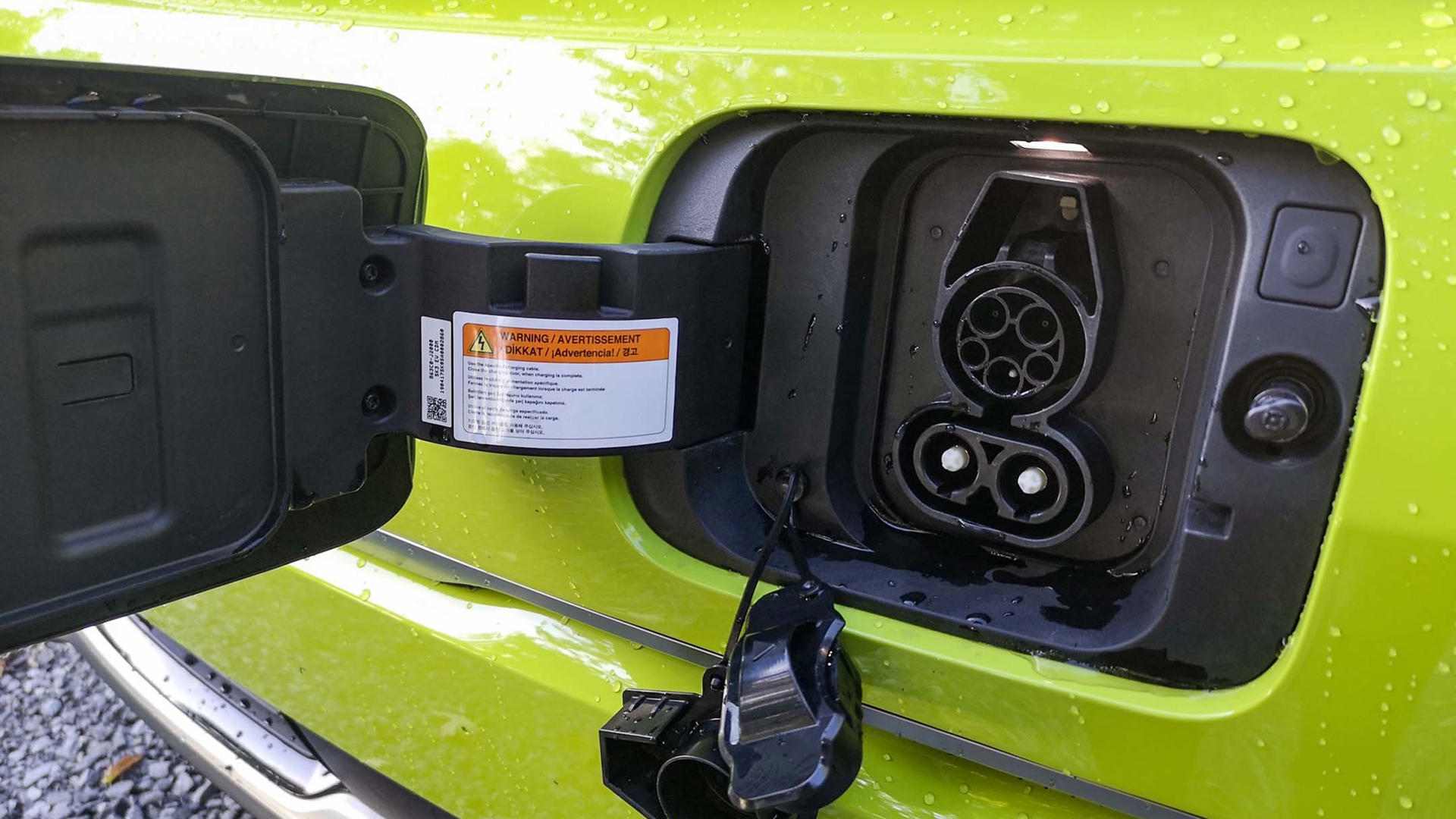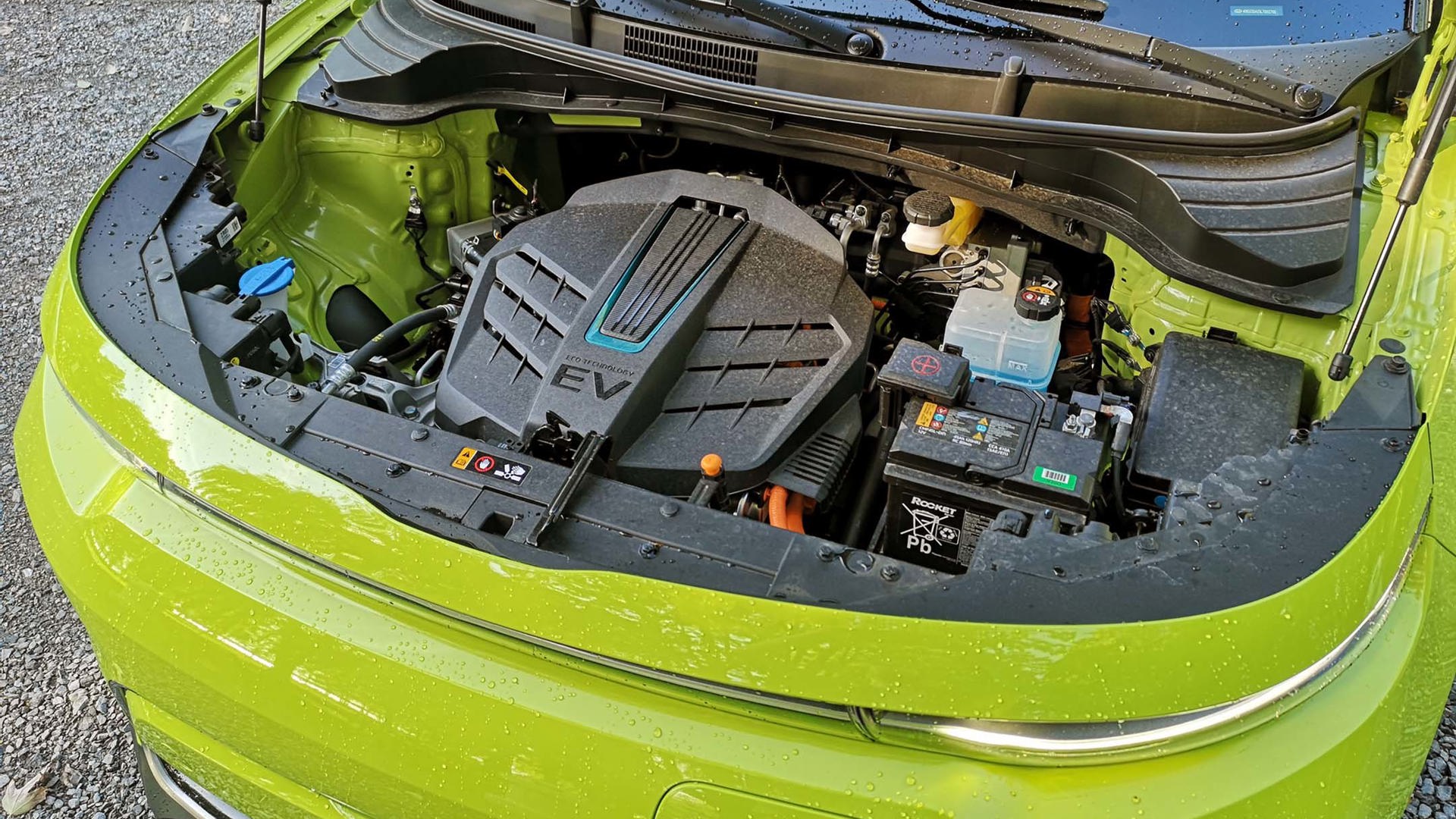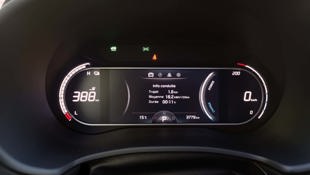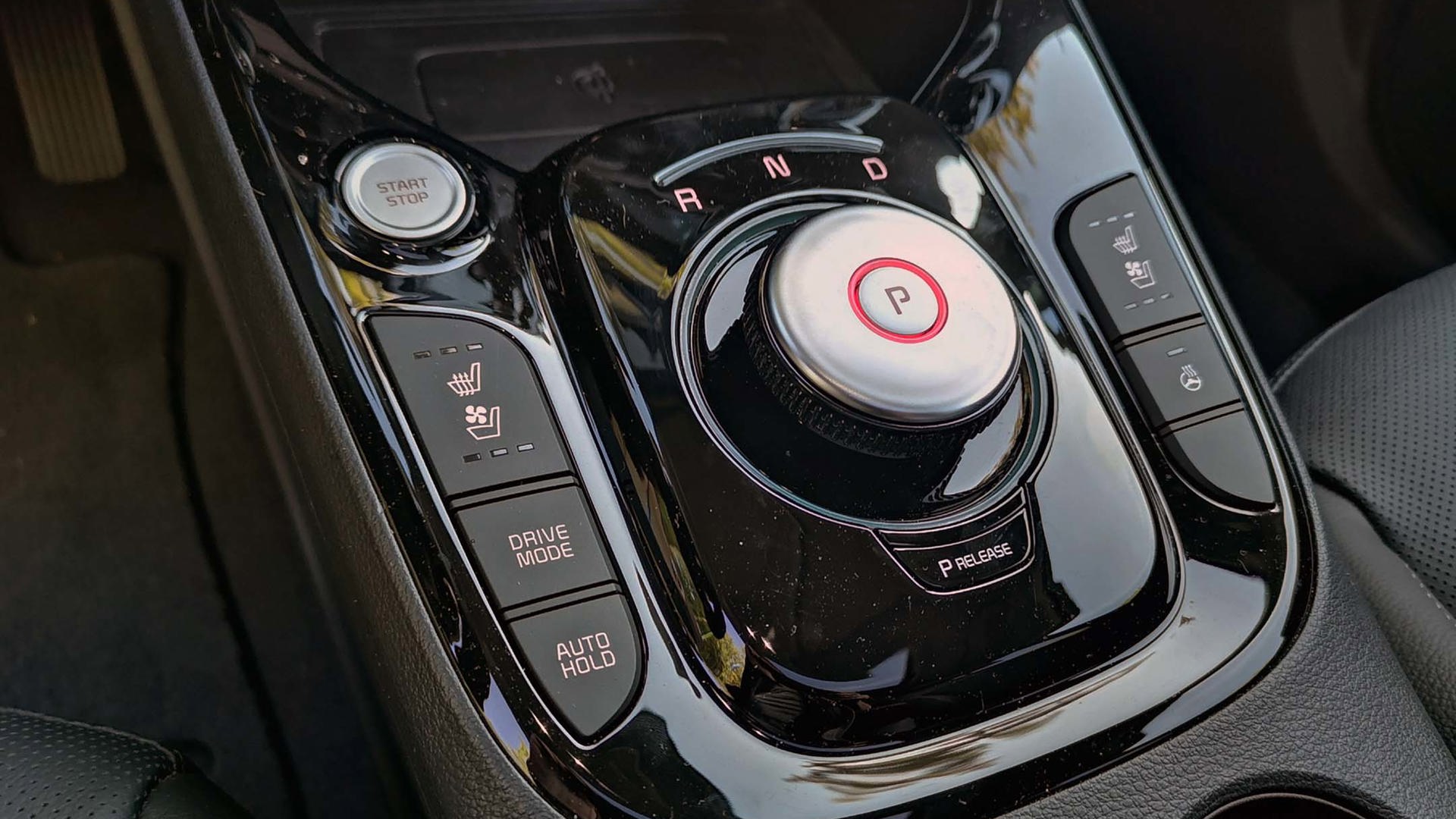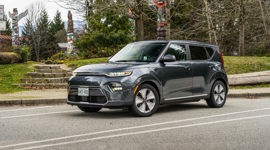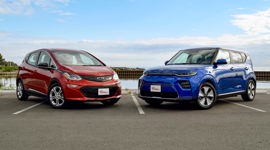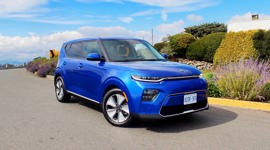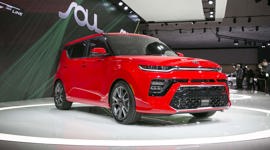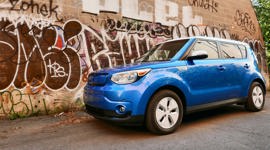Vehicle Type
Subcompact Crossover Electric Vehicle (EV)
History/Description
If you’re looking for a second-hand electric vehicle (EV), there’s a good chance the Kia Soul EV has crossed your radar.
The electric version of this popular compact crossover is exactly what many shoppers are after: a flexible five-door with an enticing combination of space, versatility, and style. Originally debuting for the 2014 model year, the Soul EV was significantly updated for 2020, with improved features and range.
If it’s in your budget, a 2020 or newer Kia Soul EV will deliver a significant improvement to output, range, performance, and road manners versus an earlier unit. Second-generation models include a 10.3-inch touchscreen, drive mode selector, rotary dial shifter, wireless charging, automatic lights and climate control, climate-controlled seating, and more.
With a new-for-2020 64-kWh battery, the Soul EV’s range settles in at the better part of 400 km. During testing, range hovered as high as 405 km per charge. With 201 hp and a zero-to-100 km/h sprint of about 7.2 seconds (that’s four seconds quicker than the first-generation car), the second-generation Soul EV is a lot of fun to drive.
What Owners Like
The Kia Soul EV earns high marks for its punchy performance and good value, practicality, and usability. The infotainment system is powerful, fully-featured, and straightforward to use. Owners tend to appreciate the floating centre console and rotary shifter dial, which adds unique styling elements to the funky and dynamic-looking interior.
What Owners Dislike
Some owners wish for a little more cargo space behind the rear seats, as well as some added flexibility to the positioning of the rear seatbacks. Other owners wish for a smoother and more easy-going ride on certain rougher road surfaces.
The 12-Volt battery
Bolted down below the Kia Soul EV’s floor is the battery that powers the motor that drives its front wheels. Located elsewhere is a more conventional 12-volt battery – the same you’d find in most ordinary cars. Many EVs use a 12-volt battery to power onboard accessories and infotainment systems, so that power from the larger traction battery can be reserved for driving the vehicle exclusively.
The Kia Soul EV owners’ community has compiled some useful information that prospective shoppers can use to help prevent battery-related headaches and surprises. First, if you ever see a whole lot of warning lights or error messages at once, the 12-volt battery is a great place to start troubleshooting. A weak battery can cause multiple random errors that come and go as they please, which is exactly why some owners use a battery maintainer to keep the Soul EV’s 12-volt battery fresh while it’s parked.
Next, never attempt to replace the Soul EV’s 12-volt battery yourself unless you’re absolutely sure you know what you’re doing. Failure to follow proper procedures and use proper equipment can cause expensive damage and headaches that aren’t covered by warranty.
Finally, don’t use your Kia Soul EV to jump start another vehicle, as this can lead to problems, too. When buying a used Kia Soul EV, being sure its 12-volt battery is in good condition can help make for a more enjoyable ownership experience.
What Year, and How Much Range?
Be aware that the year of Kia Soul EV you’re considering will have a major impact on its range to a charge. First-generation models from 2014 to 2017 ran a 27-kWh battery, good for about 150 km of range. A slight bump in battery capacity pushed range to about 175 km for 2018 and 2019. The new-for-2020 Kia Soul EV featured a 64-kWh battery that was good for nearly 400 km of range.
Battery Health
With repeated use, batteries slowly wear out over time. That’s the case with the battery pack in your laptop, smartphone, tablet, or EV. Generally, owners of modern EVs will experience degradation of about one per cent per year. Your results will vary.
According to one member of the Kia Soul EV owners’ community, cars from hotter climates may experience faster battery degradation. He notes that batteries are replaced under warranty when they fall below 70 per cent state of health (SOH). Though most EV owners don’t report rapid battery degradation, it is a possibility.
Based on information from the owners’ community, used Soul EV shoppers are advised to have a scan performed by a technician before they buy in order to obtain a print out of the SOH report from the diagnostic equipment.
When deciding on which Soul EV is right for you, remember that you can pre-heat its cabin on plug-in power in colder months. This warms the cabin without using battery power, helping extend the range in colder temperatures. There’s a wealth of additional information here.
Nearby Dealers
Though EVs tend to require little maintenance, occasional inspections, updates, and servicing are required. You can find the full details on the regular maintenance requirements of the specific Kia Soul EV you’re considering in its owner’s manual. Servicing an EV requires specialized training, diagnostics, and equipment.
Before you buy, locate your nearest Kia dealership and confirm that it’s able to service the Soul EV you’re considering. Regular dealer servicing also helps your Soul EV run better and safer thanks to software updates and safety recalls.
Listen Closely
On your test drive, quiet the Soul EV’s cabin, cruise at a moderate speed, and lightly feather the throttle pedal to slowly switch between light acceleration, coasting, and light deceleration or regenerative braking. Lift and press the pedal gently and smoothly numerous times, listening closely for unwanted ticking, grinding, or humming noises from somewhere near your feet.
These sounds can be an indication of motor trouble reported by a small number of owners of electric Kia models. This issue seems to mainly affect 2019 units, and the sounds could be evidence of a problem with motor bearings, or a motor control unit. Some affected owners say the offending sound resembles the ticking sound made by the spinning ‘Wheel of Fortune’ on the TV game show. If you hear it, have the vehicle inspected by a professional before you buy.
Charging Gear
After confirming that the vehicle you’re considering is being sold with a charging cord, inspect it carefully for signs of rips, burns, bent prongs, or other signs of poor condition. Ripped or abraded insulation can cause an electrocution or fire hazard, and you’ll need another charger.
Open and close the charge port door several times, confirming proper operation of the locks and latch. Carefully inspect the port itself for signs of melting, scorching, or burning. If you notice any, move to another unit.
Some EV owners have learned the hard way to use high-quality charging cords and travel chargers, having suffered damage, melting, or shorted-out electronics when using low-quality aftermarket chargers. Check the owner’s manual of the specific Soul EV you’re considering for a list of approved chargers and stick with them to avoid costly, warranty-voiding repairs.
Transmission Recall
Kia recalled 1,179 Soul EVs from model-years 2015 and 2016 to check for dangerous transmission trouble. If you’re considering a 2015 or 2016 Soul EV, be sure to see if the vehicle you’re considering was affected by this recall or not, and to confirm that the corrective work was performed.
On some vehicles, the transmission could be damaged if the driver isn’t careful to avoid shifting gears while the vehicle is still in motion. This damage could result in a dangerous or deadly roll-away risk. An inspection and updated software can be used to eliminate the safety hazard.
A complete list of Kia Soul EV recalls can be found here.
Safety Ratings
N/A
